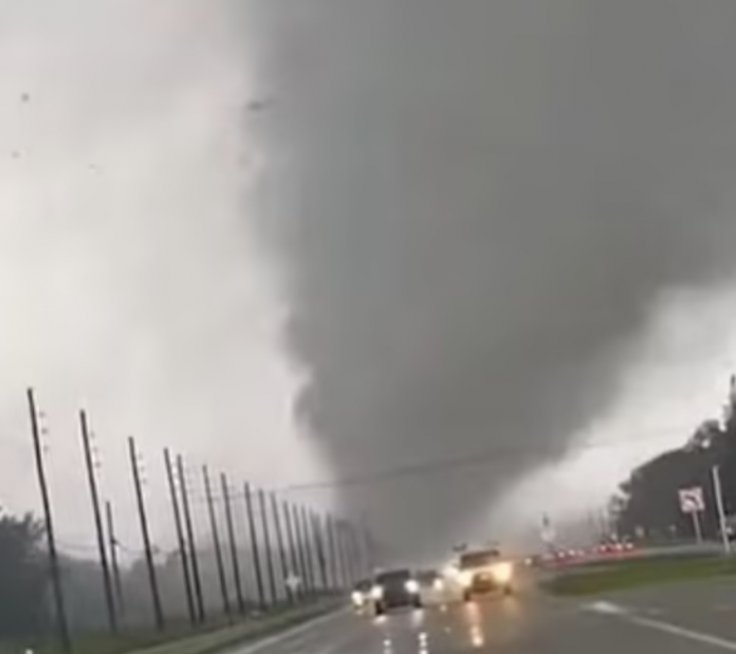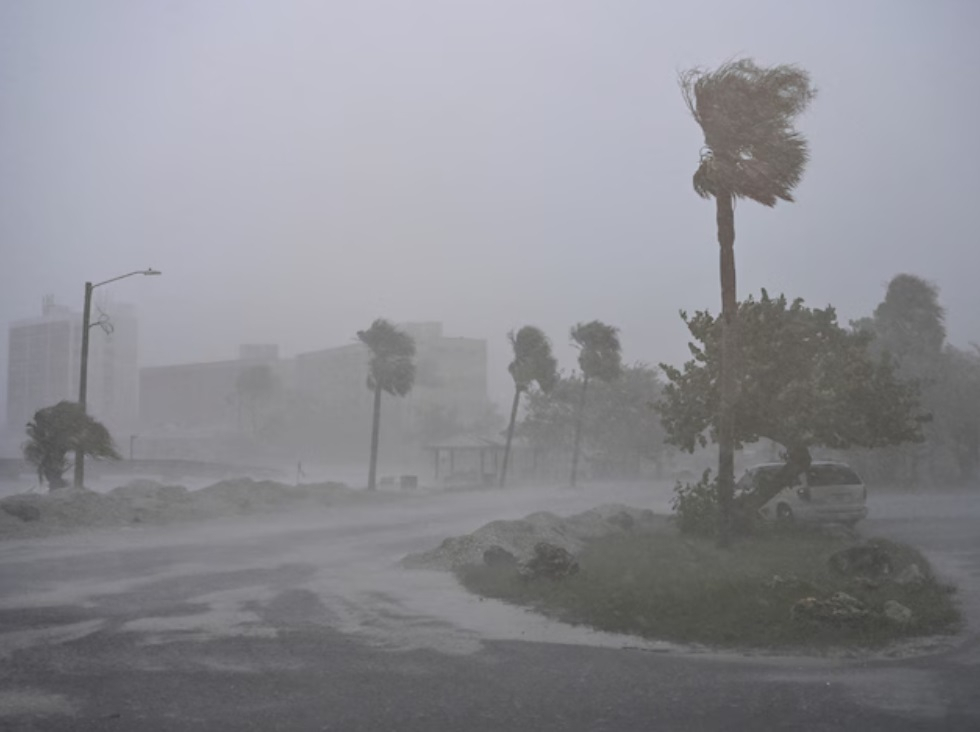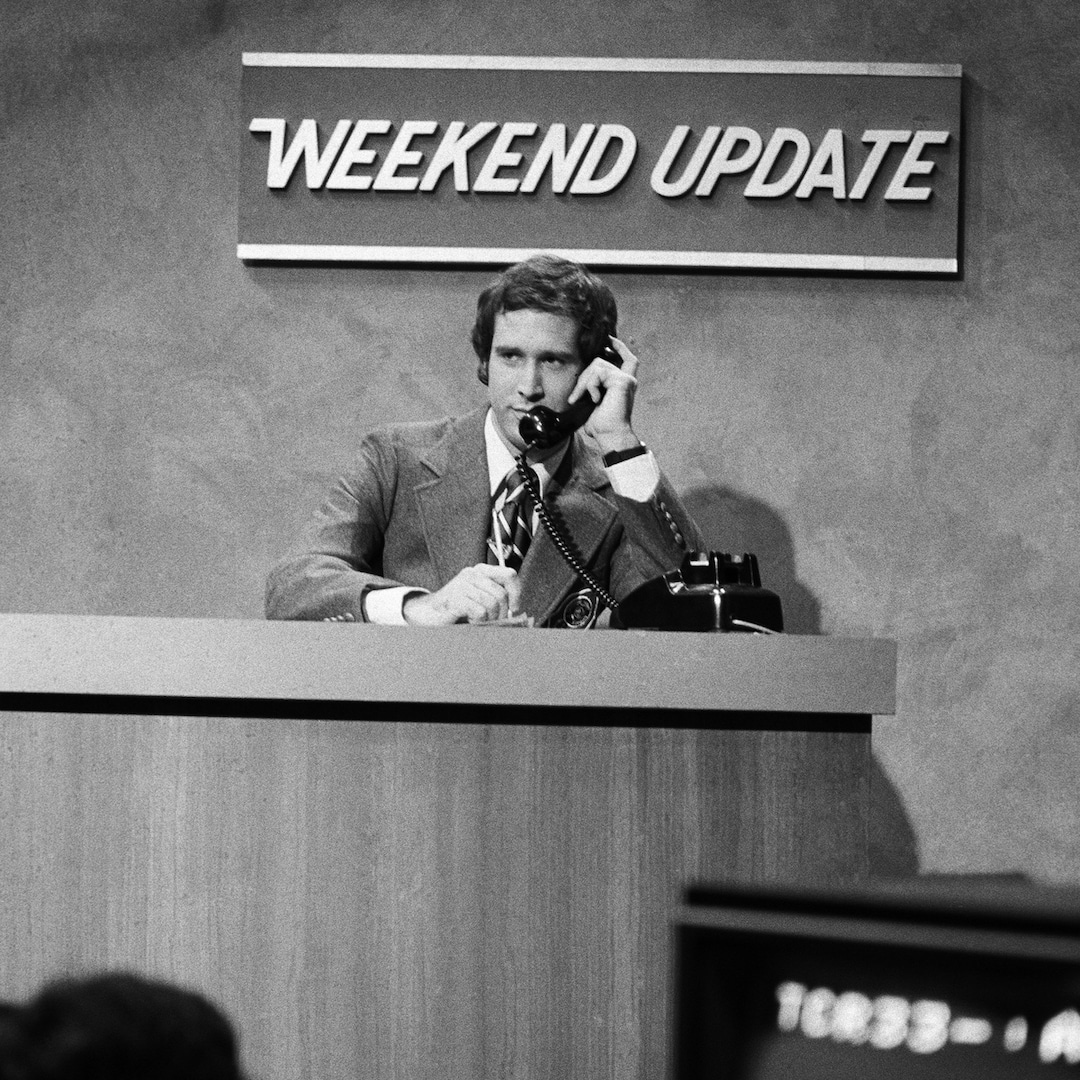Hurricane Milton has triggered at least 27 tornadoes to tear through the state, resulting in at least 11 deaths and leaving millions without power. Treacherous conditions have created havoc throughout Florida after the deadly hurricane hit land on Wednesday evening and swept across the region.
Cities were battered by fierce winds reaching up to 120 mph and heavy rain, adding to the devastation caused by Hurricane Helene less than two weeks earlier. Milton made landfall in Florida as a Category 3 storm around 8:30 p.m. near Siesta Key. As the monstrous storm raced across the state, it triggered numerous tornadoes and caused power outages affecting at least three million homes.
Milton Wreaks Havoc
X
Five people have been confirmed dead in St. Lucie County on Florida’s Atlantic Coast, an increase from four reported on Thursday morning. However, there are concerns that the death toll could be higher.
Two more deaths were reported in St. Petersburg, according to police on Thursday.

One death was attributed to a medical emergency, while another victim was found in a park, as reported by St. Petersburg Police Chief Anthony Holloway.
In Citrus County, a driver was killed when a tree fell during the storm, according to NBC News.
Three more people lost their lives in Volusia County, according to the sheriff. Disturbing images reveal a state ravaged by powerful winds and heavy rain.
In St. Petersburg, the Tropicana Field stadium’s roof was torn apart by the powerful winds during the storm.
Several cranes were toppled, including one that crashed into a building, and streets were flooded with water.

Guests at the Hotel Inn in Plant City became trapped, prompting a rescue operation to ensure their safety.
A striking video shared by the Hillsborough County Sheriff’s Office captured Marine Unit deputies rescuing a 14-year-old who was found partially submerged in floodwaters.
Thousand Left Without Power
Milton, which twice reached Category 5 strength, made landfall in Florida as a Category 3 storm and was downgraded to a Category 2 about 90 minutes later.

X
By early Thursday, the storm had weakened to a Category 1 hurricane, with maximum sustained winds of around 90 mph as it moved about 30 miles south of Orlando.
Tampa avoided a direct impact from the hurricane, but St. Petersburg experienced over 16 inches of rainfall, leading the National Weather Service to issue a flash flood warning.
The storm caused widespread power outages across Florida, leaving more than 3.2 million homes and businesses without electricity, according to poweroutage.us.
Although the hurricane has passed, the danger is far from over. Storm surges remained a concern in many areas of Florida, and tropical storm warnings were still active along much of the east-central coast.
Officials in the heavily affected Pinellas and Sarasota counties urged residents to stay off the roads, warning of hazards like downed power lines, fallen trees, and blocked bridges.




